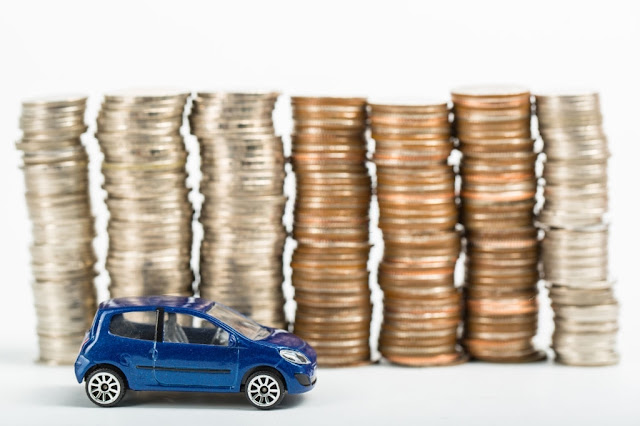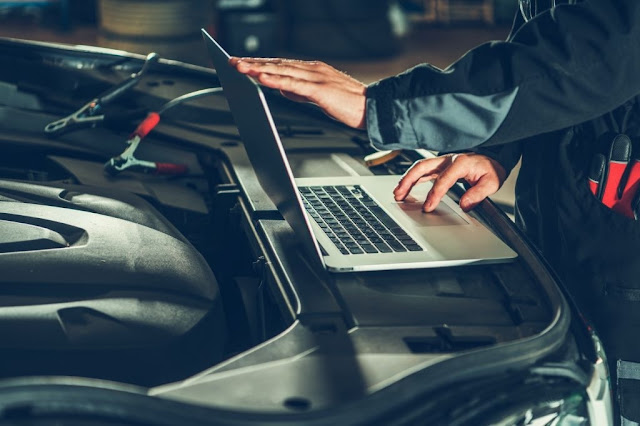Basic Car Inspection Checklist Before Buying A Used Car
Buying a car, whether used or new, is always a momentous occasion in anyone's life. However, a good deal for buying a used automobile includes a thorough evaluation of the vehicle to ensure that it is in good working order and drivable. This will safeguard you against unexpected maintenance expenditures and scenarios such as being stranded on the side of the road. To address this issue, we've created a basic inspection checklist that you can use to evaluate a used automobile at home before purchasing it. Your car purchase experience will be better educated if you follow these inspection checklist items.
Inspection the exterior parts:
Examining the exteriors of an automobile is the first phase in the inspection
process. This will entail examining for scratches and dents while walking
around the vehicle. Look for a shoddy paint job as well. Examine all gaps
between all panels, including fenders and doors. Uneven gaps usually indicate
that the car was not correctly constructed at the factory or that it was
inadequately repaired.
Next, inspect inside the wheel wells for rusting and corrosion damage with a
flashlight. Open and close all of the doors, as well as the bonnet and trunk,
to see if they're making any unusual noises or aren't properly secured to the
chassis. Also, check for rot or holes in the rubber seals around the doors and
windows.
Look at the glass panes thoroughly.
The next item on the used car inspection checklist is to look for any
cracks or huge, cratered regions. Cracks in glass panels such as windows and
the windscreen will only become worse over time, necessitating a costly repair.
Examine the suspension.
Suspensions are one of the most important methods for dealing with wear
and tear. Standing back from the car and watching for slumping or sagging is
one way to see if the suspension on the car you're about to buy is in good
shape.
check if the car body bounces to its original position by pressing down
on each corner. If the car continues to move up and down, the shock absorbers
are likely to be in poor condition.
Inspect the frame for any damage.
Exterior attachments, such as an external CNG (Compressed Natural Gas)
kit, commonly cause frame damage in the car's body. The gas tank is fastened to
the body and is generally located in the back trunk. This results in permanent
holes in the body, which can be harmful. These openings could allow harmful
smoke from beneath the body exhaust to enter the car. Also, examine the section
connecting the front fenders and the top of the radiator by opening the hood.
Bolts should be used to secure it on both sides, and it should never be welded.
Check out lights and tires
The next step in the basic checkpoints is to inspect the used car's
appearance at home before purchasing it. Check all of the vehicle's lights,
including the headlamps (both low and high beams), tail lamps, third brake
lamp, and fog lamps.



Comments
Post a Comment